Our company specializes in importing industrial control spare parts, and we can help you transfer most of them from abroad. Due to the wide variety of models, we were unable to upload physical pictures one by one!
If the model you need cannot be found in our store, please feel free to inquire at any time.
Normally all necessary configuration parameters regarding drive unit, rectifiers and transformers are pre-loaded at ABB, and do not need to be re-installed. For more information on how to add options to the system, see Operating manual – RobotStudio or Operating manual – IRC5 Integrator’s guide.
Title: Understanding Additional Axes and Standalone Controllers in ABB Robot Systems
Introduction: This article delves into two key aspects of ABB robot systems: the utilization of additional axes for enhanced control and the functionality of standalone controllers, particularly in scenarios involving non-ABB equipment. The focus is on configuration, tuning, and power considerations for optimal system performance.
1. Additional Axes Option: When a robot controller needs to manage axes beyond the robot’s own, the additional axes option comes into play. These axes can be synchronized and, if desired, coordinated with the robot’s movement, resulting in elevated speed and accuracy.
2. Standalone Controller Overview: A standalone controller refers to an ABB controller delivered without an accompanying ABB robot. The primary purpose is to control non-ABB equipment, especially TCP robots. It is versatile, suitable for both single-robot and MultiMove systems. MultiMove facilitates the configuration and operation of multiple mechanical units on the same drive module.
3. Configuration for External Axes or Non-ABB Manipulators: When integrating external axes or non-ABB manipulators into a robot system, the setup requires meticulous configuration and tuning, as outlined in the manual. This manual is not only essential during the initial setup but also proves useful for upgrades to such systems.
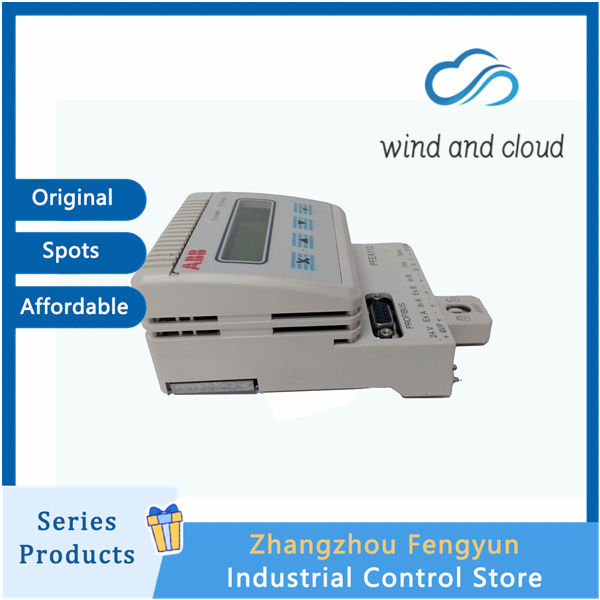
PFEA112-20 3BSE030369R0020 ABB ▏Industrial ▏Machinery Equipment
4. Power Considerations: External axes and non-ABB robots typically consume more power, necessitating a more robust transformer, rectifier, and capacitor for the drive system. Additionally, suitable drive units must be installed in the controller. The hardware setup must be configured with software to ensure the system’s functionality and efficiency.
5. Gear Ratio Considerations: For continuously rotating axes, the transmission gear ratio between the motor and arm plays a crucial role. To avoid calibration issues when updating revolution counters, this ratio should be an integer. This ensures that the zero position of the motor aligns with the zero position of the arm, irrespective of the number of revolutions on the arm side.
6. Example and Visibility of the Problem: An example is provided to illustrate the significance of the gear ratio being an integer (e.g., 1:81, not 1:81.73). This problem becomes visible when updating revolution counters with the arm side rotated from the original zero position. Axes with mechanical stops, however, do not encounter this issue.
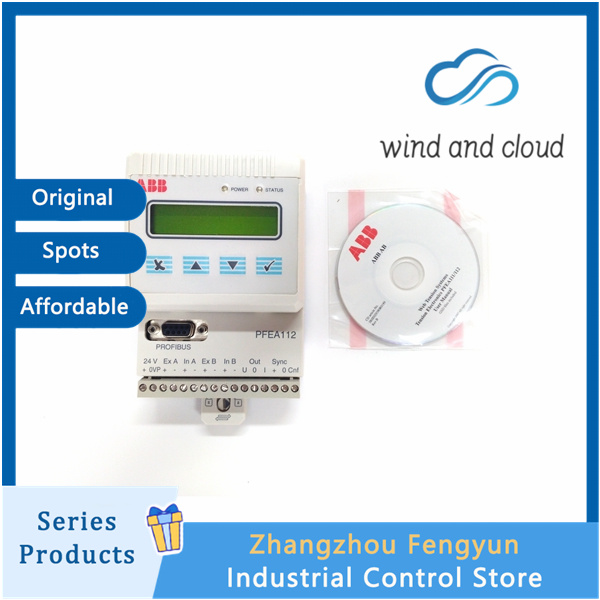
PFEA112-20 3BSE030369R0020 ABB ▏Industrial ▏Machinery Equipment
Conclusion: Understanding the dynamics of additional axes and standalone controllers is vital for optimizing ABB robot systems. Proper configuration, tuning, and consideration of power requirements contribute to the seamless integration of external axes and non-ABB manipulators, ensuring high performance and precision in diverse applications.

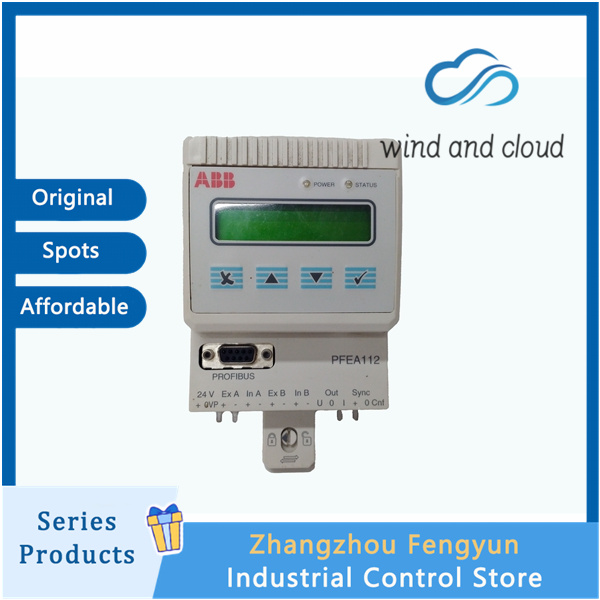
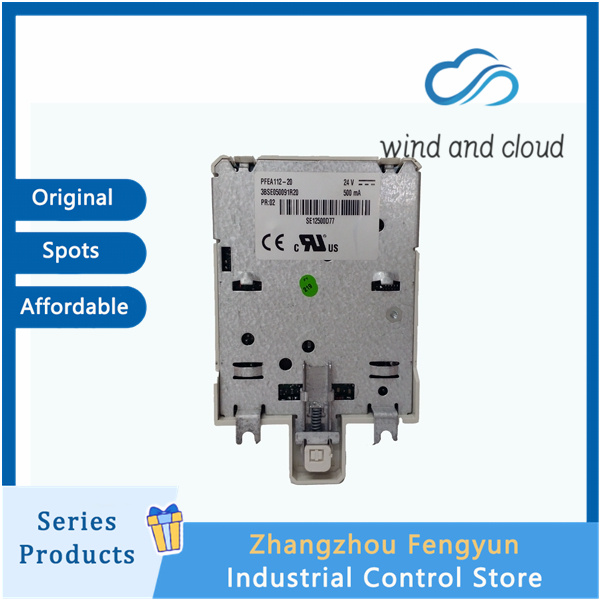
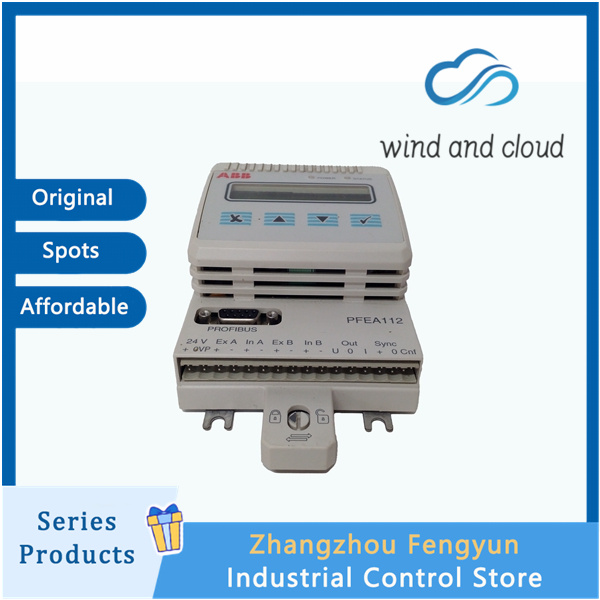
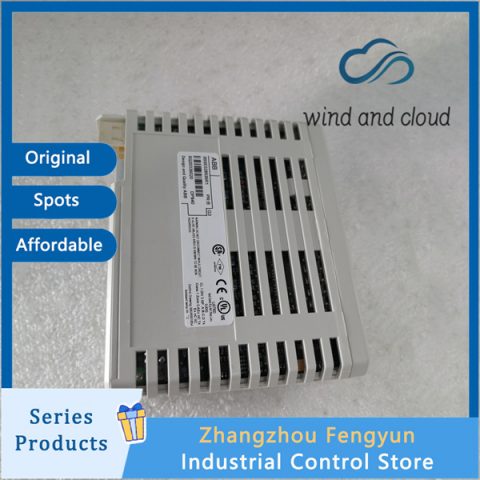
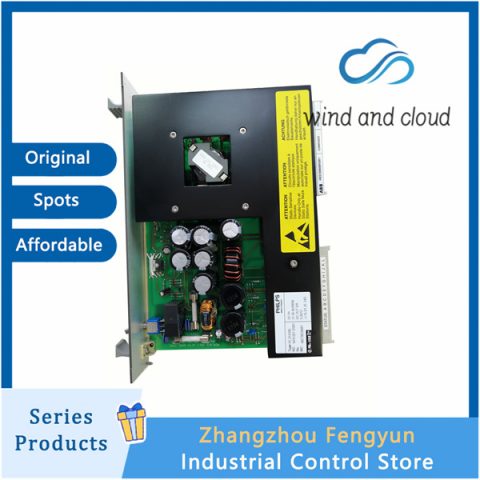
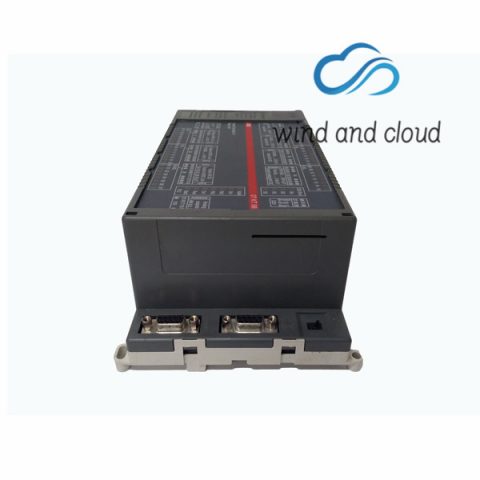
There are no reviews yet.